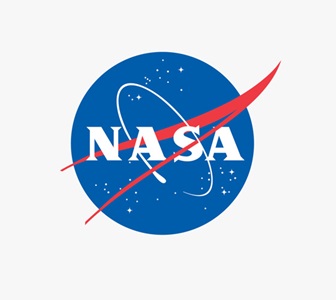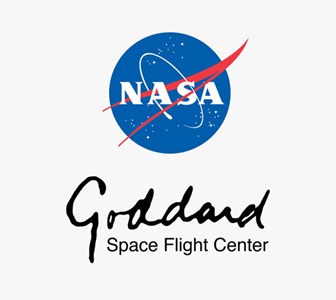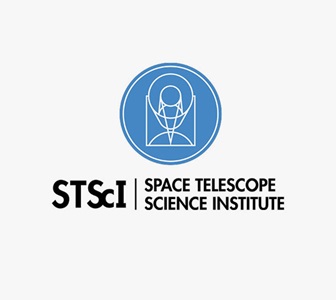JWST for Scientists
Technical Details for the James Webb Space Telescope

The James Webb Space Telescope is peering into the past to unlock the mysteries of our universe. Learn more about the technical details of this ambitious mission.
Customer: NASA Goddard Space Flight Center
Launch Vehicle: Ariane 5
Instruments:
- Near-Infrared Camera: University of Arizona
- Near-Infrared Spectrograph: European Space Agency (ESA)
- Mid-Infrared Instrument: Jet Propulsion Laboratory (JPL), ESA
- Fine Guidance Sensor with Tunable Filter Module: Canadian Space Agency (CSA)
Technical Details
| Mission Lifetime | 5 years (10-year goal) |
| Orbit | L2 (the Second Sun-Earth Lagrange Point), 1,500,000 km from Earth |
| Sunshield Dimensions | Approximately 22 meters x 12 meters |
| Primary Mirror | 6.5 meter diameter aperture |
| Wavelength Coverage | 0.6 to > 27 microns |
| Diffraction Limit | 2.0 microns |
| One-Year Sky Coverage | 100% |
| Telescope Operating Temperature | ~45 Kelvin (-380˚F) |
| Payload Mass | Approximately 6,500 kg |
| Science | First light, assembly of galaxies, birth of stars, planetary systems and the origin of life |
| Technology | Sunshield membrane material, near-infrared and mid-infrared detectors, lightweight cryogenic mirrors, microshutter arrays, cryogenic detector readout application-specific integrated circuits, cryogenic heat switches, wavefront sensing and control, large precision cryogenic structure, and the MIRI cryocooler |


